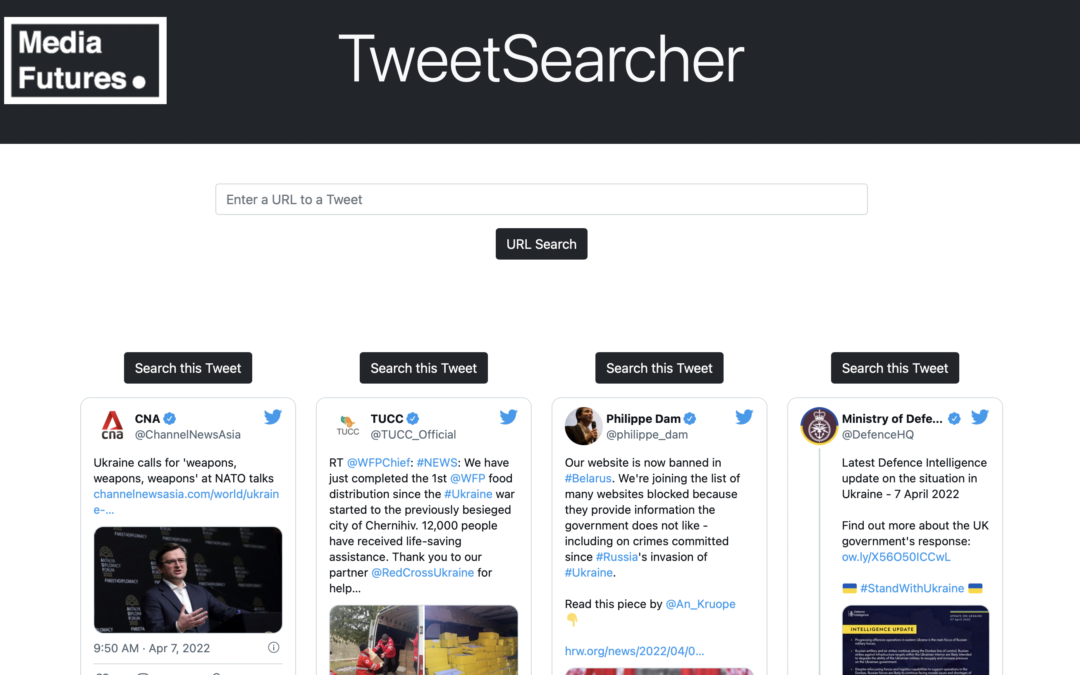Although fake news and disinformation have been a well-known concern for a while now, events such as Brexit, the 2016 U.S. presidential election, and crises like the COVID-19 pandemic and the recent Russian aggression in Ukraine, set in motion an unprecedented circulation of false information. The current status quo forced established institutions and societies to find solutions to reduce the damage caused by this information warfare.
Concerns about fabricated narratives has sparked vigorous debates over policy options, and renewed the attention to the potential that automated fact-checking technologies have in combating false information online.
Among MediaFutures’ priorities
Evaluating the truthfulness of claims presented in public constitutes an essential task in many domains, including journalism. Often conducted manually, the task proves quite difficult and time-consuming. In recent years, an impressive amount of research has been devoted to developing automated tools and systems for fact-checking that could both speed-up the work of professional human fact-checkers, and be used by the general public.
The goal of building automated tools to help professionals and individuals to estimate the veracity of a given claim and visual content is among the top priorities at MediaFutures. Computational support for fake news detection is one of the centre’s main objectives included in Work Package 3.
A Preliminary Tool for Automated Twitter fact-checking
Over the past few weeks, Postdoctoral Fellow Ghazaal Sheikhi and PhD Candidate Sohail Ahmed Khan, together with Research Assistant Daniel Rosnes have been working on a web-based application that could assist in debunking false/re-purposed information present in tweets related to news events. The preliminary version of the tool has now been released and can be accessed here.
“Our goal has been to develop a tool that is useful for journalists as well as the public, particularly in times of crisis, and that could speed up and reduce the human burden of manual fact-checking as journalists and private users won’t have to read multiple news items in order to spot related textual snippets», says Postdoctoral Researcher Ghazaaal Sheikhi.
Sheikhi explains as follow the premises behind the tool:
“Our web-based application allows the user to click on a tweet from the sidebar or enters the link of a tweet and by pressing Get Related Facts, the tool analyses the textual and the visual content of the given tweet. Subsequently, it scrapes the web to get related facts from the web and specifically news sources. The user can see up to 10 related facts which are sentences/paragraphs automatically extracted from the news items most related to the content of the tweet. Moreover, if there is an image in the tweet, a reverse image search is performed and the result is shown to the user”.
Currently, the tool works only on content in English language, and it is limited to the topics related to the war in Ukraine. Sheikhi emphasizes, however, that the device could be further developed to cover items in Norwegian language and wider array of topics. Embedded to the website will soon also be a fact-checking chatbot.
Encouraging professionals and private users to provide feedback
The authors involved emphasize that the preliminary version of the tool is under development and could be customized according to the inputs from industry partners, and private users. The researchers will welcome therefore all feedback, suggestions and criticism. These can be provided via a short evaluation form soon to be found on the tool’s webpage.

